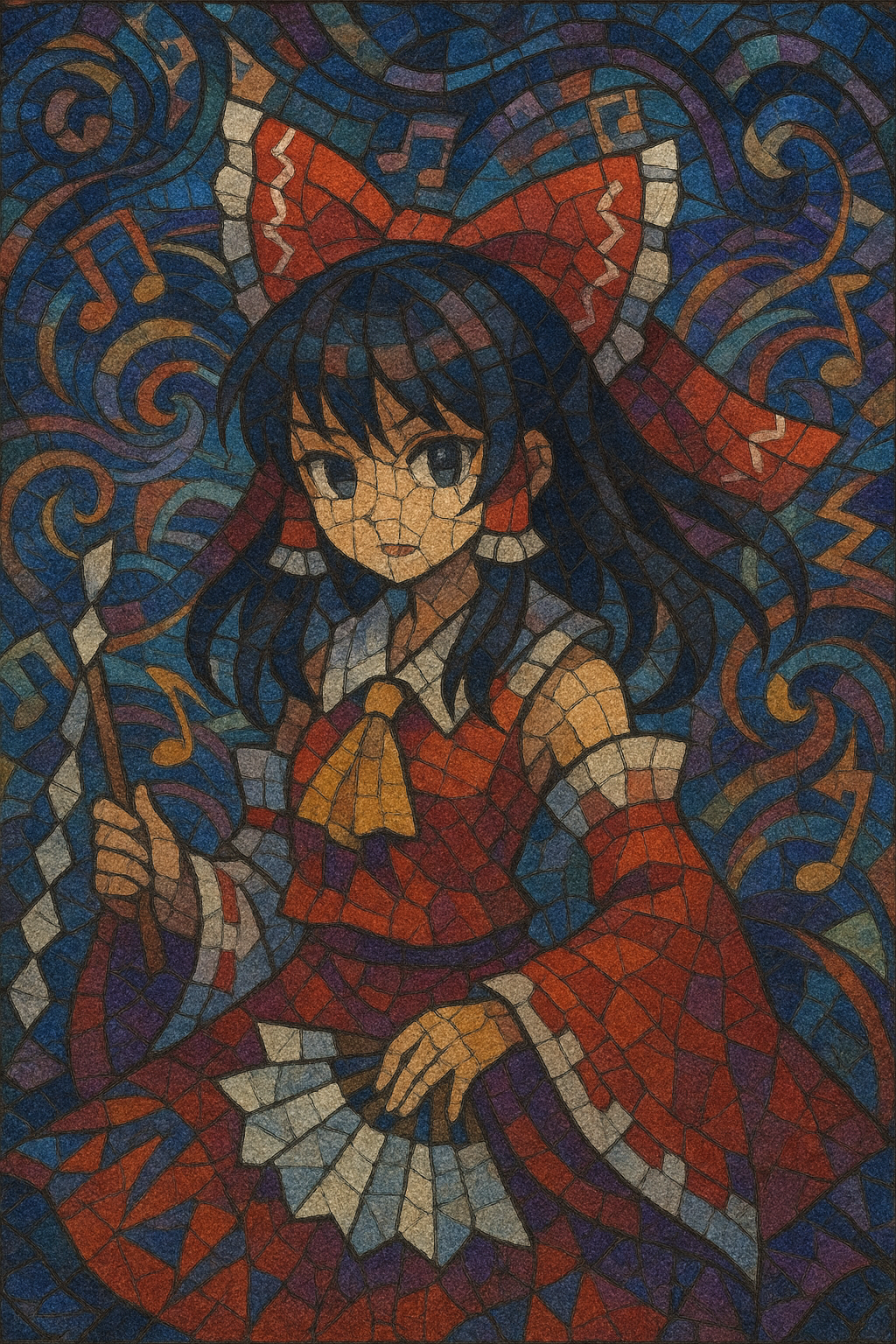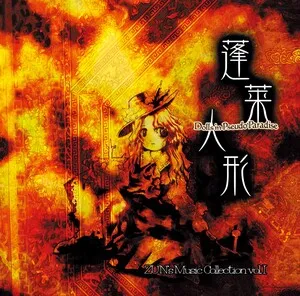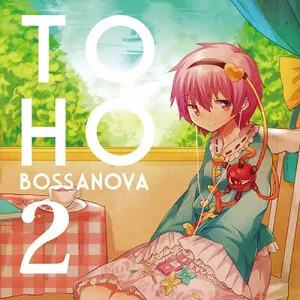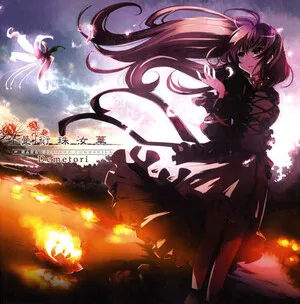Touhou music refers to the body of soundtrack themes composed by ZUN (Team Shanghai Alice) for the Touhou Project games and the vast ecosystem of fan-made arrangements that sprang up around them. The core sound is melody-forward, with instantly memorable hooks, brisk tempos, dramatic key changes, and a distinctive bright, brassy lead timbre often nicknamed the "ZUNpet."
While the official scores are rooted in Japanese game music tradition, the arrangement culture spans a remarkable breadth of styles: trance and eurobeat for dancefloor energy, j-core and hardcore techno for festival intensity, metal and symphonic rock for virtuosic reinterpretations, denpa and J-pop for character-driven vocals, and jazz or orchestral treatments for lush, narrative colors. Over time, “Touhou music” became both a repertoire and a creative practice within the doujin scene, defining how fan communities compose, perform, and circulate music tied to shared fictional worlds.
The Touhou Project began in the late 1990s, but its musical identity crystallized as ZUN’s Windows-era titles (from 2002 onward) reached a wider audience. His compositions fused Japanese video game scoring practices with brisk tempos, lyrical melodies, and jazz-tinged harmonies, creating themes that were easy to remember and rewarding to arrange.
As the franchise’s popularity surged through Comiket and the broader doujin ecosystem, circles began producing remixes in every imaginable style—trance, eurobeat, denpa, j-core, metal, orchestral, jazz, and more. Net labels, fan conventions, and CDs sustained a feedback loop where each new game introduced fresh motifs that quickly received dozens of interpretations.
Touhou arrangements spread internationally via forums, YouTube, and streaming, inspiring producers across EDM, rock/metal, and vocal scenes. The scene’s DIY ethos influenced workflows: fast turnarounds, thematic compilations, and character-centric concept releases. Key circles and arrangers became reference points for aspiring producers, who learned composition, mixing, and distribution inside this fan-driven structure.
Touhou music remains one of the most prolific and sustainable fan arrangement cultures. New games and live events continue to seed material for albums, DJ sets, bands, and idol-style performances. The repertoire now functions as a shared standard—much like jazz heads or game music classics—that arrangers continually reimagine for clubs, concerts, and online platforms.








